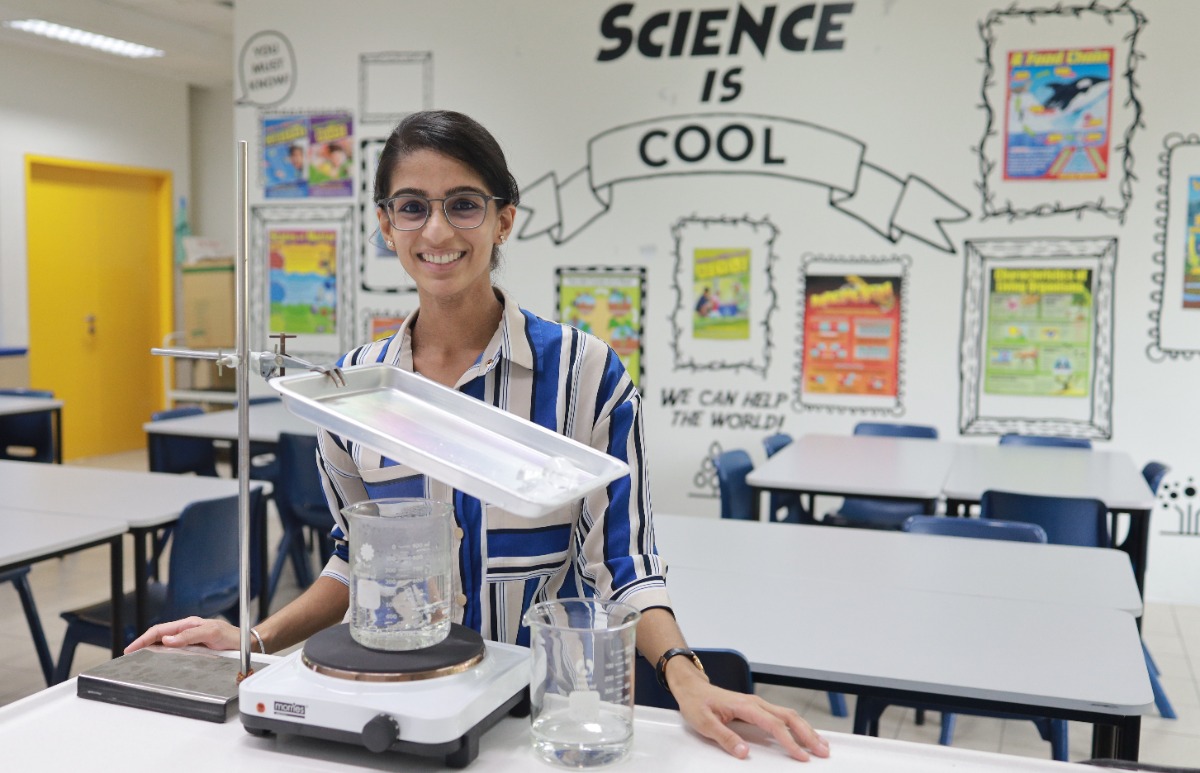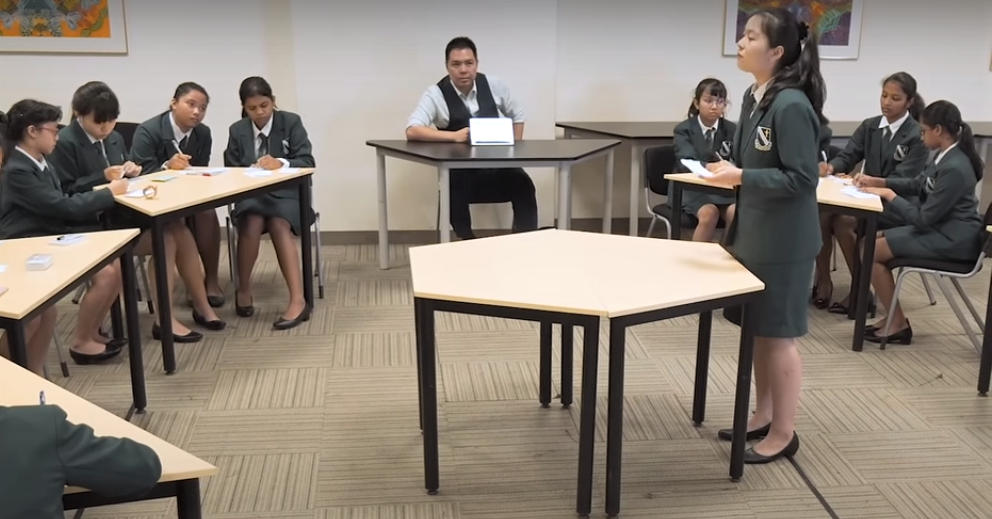An ice tray, a bowl, a cup full of water. These are some of the different “apparatus” my students used in their experiments for a Science lesson during Home-Based Learning (HBL) in April.
My Primary 5 students were learning about water and its changes of state. To help them connect the concepts to their everyday lives, I instructed them to place water in the freezer overnight. The next day, they were to observe what happens after they remove the ice they had made from the freezer.
Sounds like a simple experiment, right?
Not a standard experiment
Although everyone managed the experiment, I was surprised by how they interpreted the instructions in different ways. I thought they would use an ice tray, but some used a bowl, a cup, and even a takeaway container!
When the class came together for a ‘live’ lesson on a video-conferencing platform a few days later, they were eager to share. They compared the size and shape of the ice they had made, and how long it had taken to melt – everything became more interesting as it was self-directed.
This is not to say we don’t have such hands-on experiences in school. Normally, we would bring a beaker of ice cubes to class for the children to observe the melting process and record the changes in temperature.
It’s the same idea, but doing the experiment from home created new variations that led to more conversations. Because the children did things differently, we could talk about how the size and shape of the ice influenced the melting process.
With HBL, learning became a bit less structured – and led to more discoveries.
Shaped by the environment
I also found that the home environment gave rise to a new breed of questions.
During HBL, we put up slides with videos and quizzes on the Student Learning Space (SLS). At the end of the lesson, students could type in questions they have about the topic. In the “live” lessons, I would consolidate what they learnt, and address those questions.
The questions they came up with were unlike what I expected. They included:
- Why doesn’t the water in the swimming pool evaporate?
- Is water, in its liquid state, present in fruit juice? (and coffee, tea, milk… you get the idea)
- If only pure water evaporates, why does the soup in my cup of instant noodles evaporate?
- What happens to water in a closed container? Does it stay there even after 100 days?
- If I put a bowl of water outside my house, am I giving water to the environment?
One reason could be that the students felt less self-conscious about asking questions online compared to voicing them in class.
However, I think the more important factor is the home environment. Compared to a normal classroom, the home provides a lot more stimuli for their curiosity. After all, I can imagine the questions about the beverages arising from them possibly enjoying the said beverage while doing their HBL lesson – something they would not be able to do in the classroom.
Although these questions were outside the curriculum, we had fun discussing them, applying theory to real life. It made me think that the relaxed home environment, with the clutter of everyday life, could very well foster the spirit of scientific inquiry.
Taking it further
Learning from home without a fixed timetable also allows students to pursue topics of their interest.
Once we were back in school, I discovered that some of my students had actually recreated one of the experiments shown in one of the SLS videos at home on their own.
In the video, a man demonstrated the water cycle by letting warm water from a cup condense on another inverted cup above it. The water droplets would eventually fall like “rain” back into the cup.
Fascinated by the “indoor” water cycle, the students looked for different tools around their house and came up with their own home experiment set-up.

How I would have demonstrated the water cycle in the lab (left), and Caitlyn’s home experiment (right)
One of the girls, Caitlyn, shared how she tried using different materials, like a metal tray, a plastic lid, a ceramic plate and aluminium foil for the water to condense on. She told me she had thought about how she could make the water cycle go faster or slower and also had fun explaining the experiment to her parents and younger brother.
I was proud of how my students were actively problem-solving and practising their science skills at home independently.
Could they have done the same without HBL? Certainly, there is nothing stopping them from recreating an experiment they had seen in class at home. But during HBL they could do so immediately as soon as inspiration struck instead of waiting till they got home after school, by which time their enthusiasm may have cooled. I think that makes a difference.
On Blended Learning
I feel that long periods of HBL is not ideal. After all, I still believe it’s important for students to interact and learn in school. The structures we have in school help them manage their time and develop holistically.
However, the experience this year taught me that having some unstructured time to learn from home has its advantages. I believe that having a blend of both in-school lessons and self-directed HBL will open up possibilities for learning.
Much like water, we don’t have to exist in one state all the time. Being open to change can lead us to exciting new places.





.jpg)
